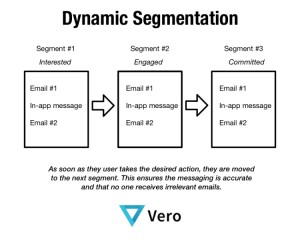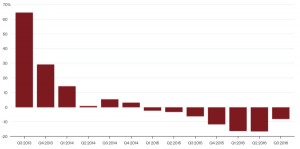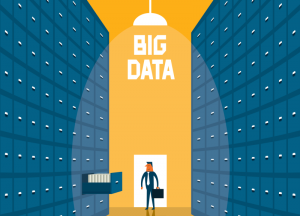We all grow up to be decision makers. Yet somehow there’s no well-established way to make high-stakes decisions well. That’s a problem since throughout life we’re faced with many of them –decisions that will have a long-term impact on our lives and on our companies, but where the outcome is unknown and the price for making the wrong decision could be costly.
It’s one of those topics that has been hiding, in many ways, in plain sight. Imagine if we all learned decision making before, say turning eighteen, or joining the workforce? Is there anything we do more frequently that has higher stakes than making good choices? If we could master decision making, then I believe that the world might get along just a little bit better, and everyone would live happier lives.
So is there a system that can help us solve complex problems? And is there a way to do it that boosts our confidence in our decision making capabilities and enable us to have conviction that our solution has a good likelihood of succeeding?
I believe there is and it’s called the AREA Method. I initially developed AREA as a way to help me to do a better, more ethical, job at my work as an investigative journalist. I was searching for a way to better control for and counter act my mental biases, those assumptions and judgments that help us every day when making small decisions but that don’t go away when we need to solve complex problems, and I wanted to better understand the incentives and motives of the other people I was dealing with. What I ended up with was a system that not only addresses the social performance side of human behavior but also combines it with the metric and evaluation aspects of decision making so that you solve problems holistically.
AREA is an acronym that gets its name from the perspectives it addresses to work with, and through, ambiguity. AREA can be boiled down to four simple steps that you can use immediately to help you make smarter, better decisions when you’re facing a complex problem that you need to solve:
- Recognize that research is a fundamental part of decision making.
- Recognize that we are all flawed thinkers and fall prey to relying upon assumption, bias, and judgments that may help us make many small decisions well, but can impede clear thinking when making big ones.
- Address the critical component of timing head-on so that we don’t make rushed decisions, but instead have time for calculated and strategic stops in our work to promote insight.
- Use a clear, concise, and repeatable decision-making process that works as a feedback loop in part or in its entirety.
- Recognize that research is a fundamental part of decision making.
In reality, your ability to make a thoughtful decision is dependent upon the quality of the information you have. Therefore you need a good research process to be an integral part of a decision- making framework. But keep in mind: Research is an umbrella term for a whole series of tricky steps that need to be carefully navigated and thoughtfully completed. Break down your research so it’s manageable and organized.
- Be aware that we are all flawed thinkers.
Much has been written lately about how we are all prey to mental mistakes. Behavioral science research and books like Robert Cialdini’s “Influence: The Psychology of Persuasion“, and Daniel Kahneman’s “Thinking, Fast and Slow“ explain that we rely on faulty intuition and are swayed by authority and public sentiment. This new research explores the many ways that we allow biases, snap judgments and assumptions to drive our decision making. Having a heightened awareness that we don’t see the world as it is, but that rather we see it as we are can help prevent mistakes.
- Address the critical component of timing by resisting rushing to judgment.
High-stakes decisions deserve time and attention, but often we’re in such a rush to reach a conclusion that we never really take the time for deep reflection. We’re already over-programmed, answering emails late at night and waking to urgent texts. We struggle with the need to react when we also need to really think.
We all need a way to have a check and balance for bias, and that’s why a thoughtful process like the AREA Method focuses on alerting you to disconfirming data. The idea is that when it comes to making big decisions we deserve the time needed for thoughtful reflection as well as tools for examining both our data and our thinking. Insight doesn’t come from collecting information alone; it comes from brainwork, so slow down and think about the meaning behind the information you are gathering and the work you are doing.
- Recognize that good decision making needs a repeatable process that works as a feedback loop.
Not all investigations are linear, nor should they be. At times you need to be driven back into earlier steps to do more work, collect more data, or conduct more analysis.
We can’t control our luck, but we can control our process and, in doing so, make smarter, better decisions.
Business & Finance Articles on Business 2 Community(54)








